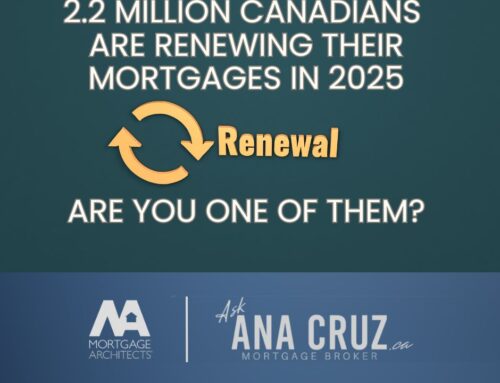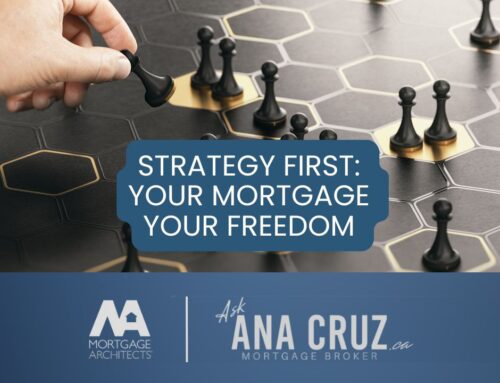Date: March 7, 2022
Category: Blogs,Mortgage Tips & Advice
A question we are asked almost daily is ‘Should I go variable or fixed?’ and so to help you better understand the differnce we have outlined them below. Please read below and let us know if you have any quesitons, we are here to help.
Difference between variable and fixed
Fixed rate means just that, you will have the same rate for the entire term. Should the rates go down, you will no benefit from a lower rate. You are in fact locking into a rate and paying that for the entire term. If you need to know what your payment will be each month and cannot deal with fluctuation in payments. This may be your product, but it’s important to reach the penalty information below…as there is a cost to this security
Variable rate means that you’re locking in a discount however your rate may change during your term. For example, if your discount is 0.95%. This means that you will always be 0.95% lower than the prime rate.
Example, if the prime rate is 2.70% and your discount is 0.95% then your rate is 1.75%. This means that there is a locked portion to the variable rate. The discount is the constant and locked in portion.
The Bank of Canada meets eight times annually to review and discuss the overnight rate which affects the prime rate and your variable mortgage.
History of variable mortgages
Over the last 13 years since 2007 variable rates have moved up and down. In April 2007, the prime rate was at 6% and since then we have moved up and down to a current rate of 2.70%.
The average change over 13 years is about -0.14%
Penalties
Rate is a big difference and will affect your monthly payments however the biggest difference is penalties.
All mortgages have penalties when broken prior to the end of the term.
Variable rate mortgages have a 3-month interest penalty and fixed mortgages have an IRD (interest rate differential) or 3-months interest whichever is higher and often times it’s the IRD.
Generally speaking an IRD penalty is usually equivalent to about 4% of the mortgage balance and 3 months interest is usually .05%
To illustrate this, imagine a $500,000 mortgage amount.
If your penalty is 3-months interest we can estimate the penalty to be roughly $2,500 however if the penalty is an IRD penalty then we estimate an amount of aprox $20,000
This shows us that the fixed penalty is about 8 times more than the variable rate penalty. Please understand that these are estimates to help illustrate the penalty and not actual guaranteed penalty amounts.
Like most people, I can almost hear you saying that you won’t break your mortgage, however the reality is that people break mortgages for many reasons such as moving homes, change in relationship status, change in jobs and location, refinance a home to take equity out prior to maturity, consolidate debt, to get a lower rate and save money on interest, cashflow, the list is endless as to whys someone would break a mortgage.
There is no crystal ball that will tell us if you will be of the 67% of Canadians to break their mortgages before the term is up.
Rate and Payment Increase
It is reasonable to say that the variable rates will increase over the next five years, and economist believe that we will see a 2% increase within the next five years.
This would mean that you can estimate that a variable rate mortgage can be 4.70% less your discount. If we use a 0.95% discount that means your mortgage rate could be 3.75% within the next five years. Of course, no one has a crystal ball and even economist can be wrong.
What you should be asking yourself is do you want to pay for the peace of mind of knowing your rate for the next five years and very likely paying an increased monthly payment to secure that peace of mind or can you trust yourself to increase your monthly payment to mirror a fixed payment mortgage thus voluntarily paying more of your mortgage off while your rate is lower.
There is no denying that variable mortgages give you more flexibility however there is an element of unknown.
Locking in your variable rate mortgage into a fixed rate
It is possible to turn your variable rate mortgage into a fixed rate mortgage during your term. Basically, this means that you would be locking into a fixed rate mortgage for the balance of your term and the rate would be dependent on the rate being offered for the balance of the term you have left. Example: let’s assume you have 3 years left in your 5-year term and you want to lock in your mortgage. You will lock into a 3-year fixed term with your lender at that time…not the variable rate. I urge you to connect with us before doing this as we can work out the math with you and see if this makes sense. 9/10 it doesn’t make sense and you should stay the course, but we are happy to work with you on this.
I trust that this answers most questions about fixed vs variable.
The choice is yours as to which option you take…at the end of the day, it’s got to be the right solution for you, your family and your peace of mind.
We can discuss this further if you like, but I believe that the above is a great overview of variable vs fixed.
Ana can be reached at 905.870.0513 or you can email her at ana@askanacruz.ca





